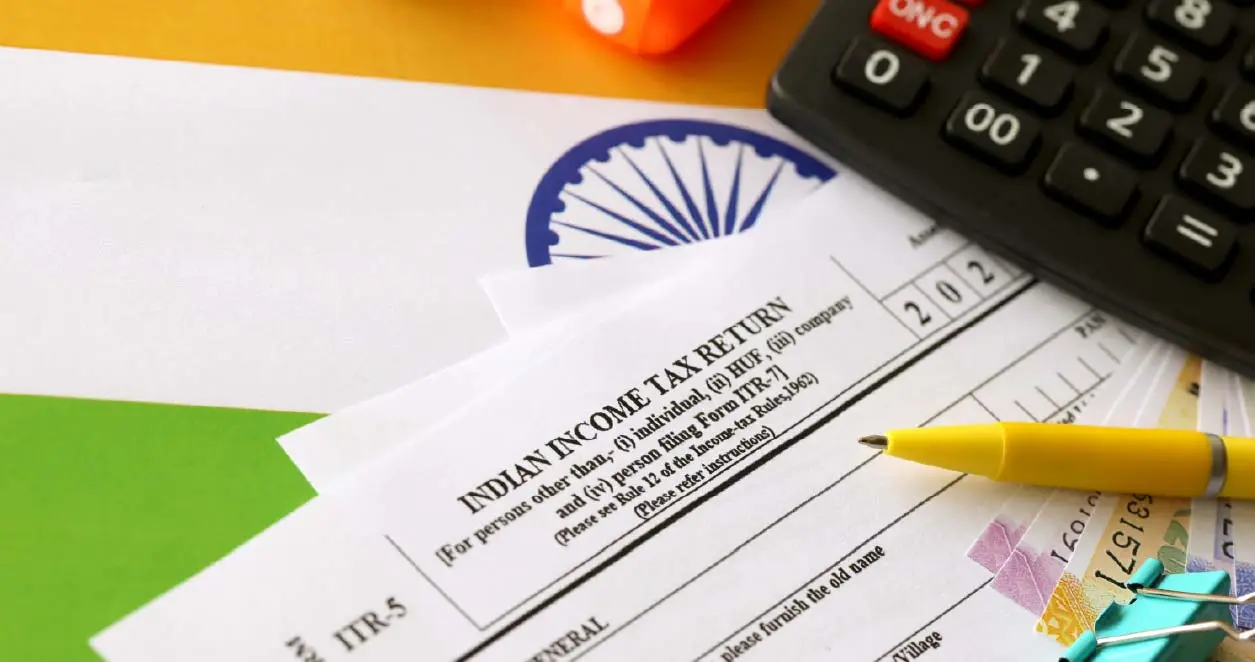
Income Tax Bill 2025: What It Means for Payroll, Salary, and Employee Taxation
Table of Contents

Reading Time: 4 minutes
Let’s be honest, the words ‘income tax’ can make even the most seasoned HR pro a little nervous. India’s tax rules, written way back in 1961, have become a tangled mess over the years. The good news? The government is wiping the slate clean with the Income Tax Bill for 2025. This Bill, recently tabled in the Lok Sabha, aims to modernize India’s tax framework by replacing the outdated Income Tax Act, 1961.
The key objectives include:
- Simplifying tax laws with clearer language
- Reducing litigation and improving ease of compliance
- Making taxation more transparent for businesses and individuals
Let’s break down the key updates and understand how they impact payroll management and salary processing.
Key Changes in the Income Tax Bill 2025
Here are the most important updates you should know:
➔ Replacement of ‘Assessment Year’ and ‘Previous Year’ with a single ‘Tax Year’
- No more confusion between the assessment and previous years.
- Tax will now be paid within the same financial year it is earned.
➔ Revised Tax Deducted at Source (TDS) and Tax Collected at Source (TCS) rules with clearer tables:
- TDS and TCS provisions have been reorganized for better clarity.
- Employers will have structured reference tables for different income categories.
➔ Stricter refund timelines:
- Refunds must now be claimed within clearer, tighter deadlines.
- Faster processing of refunds for eligible taxpayers.
➔ Increased Standard Deduction under the New Regime:
- Standard deduction raised to ₹75,000 (from ₹50,000).
- Beneficial for salaried employees opting for the New Tax Regime.
➔ Greater reliance on faceless assessments to reduce human interface and disputes.
➔ Easier refund claims for small taxpayers.
➔ More clarity on rebate calculations and eligibility.
Old vs New Tax Rules
The table below highlights how the New Bill simplifies taxation for both employees and payroll teams:
|
Area |
Old Rules
(Pre-2025) |
New Rules (Income Tax Bill 2025) |
| Year Definition | Separate ‘Assessment Year’ and ‘Previous Year’ | Unified ‘Tax Year’ within the same financial year |
| Standard Deduction | ₹50,000 (New Tax Regime) | ₹75,000 (New Tax Regime) |
| TDS/TCS Provisions | Spread across multiple sections with complex language | Simplified, structured tables for easier reference |
| Refund Timelines | Lengthy, with multiple exceptions and delays | Stricter, faster refund timelines |
| Assessment Process | Manual and partly faceless | Fully faceless assessments with simplified compliance |
| Litigation | Higher chances of disputes due to ambiguous wording | Reduced litigation due to clearer language |
| Rebate Clarity | Ambiguous in certain income slabs | More precise rebate structure for small taxpayers |
| Number of Sections | 819 Sections in the Income Tax Act, 1961 | 536 Sections in a streamlined, structured format |
Impact on Payroll and Salary Processing
The changes directly affect how HR and payroll teams manage employee salaries, taxation, and compliance. Some of the major impacts are:
1. Aligned Payroll Cycles
With the removal of the ‘Assessment Year’ confusion, TDS deductions will be aligned with the same year’s payroll cycle. As a result, year-end reconciliation will be simpler, accurate, and time-bound, thanks to ‘Tax Year’.
2. Updated TDS Calculations
Payroll software will be updated with new TDS slabs and structured tables from the new Bill. Any delay in updating may lead to incorrect tax deductions, which can prove costly for organizations.
3. Higher Take-Home Pay
The ₹75,000 Standard Deduction reduces taxable income for salaried employees. Hence, employees opting for the New Tax Regime could have an increase in their net salary.
4. Reduced Compliance Risks
Stricter refund deadlines mean HR and payroll teams must track refund eligibility closely. As missing deadlines can lead to employee dissatisfaction and financial loss, they should monitor them diligently.
5. Secure Payroll Documentation
Since audits and assessments will be digitized, payroll records will remain accurate, centralized, and easily retrievable for the employees and their employers.
How Pocket HRMS Simplifies Compliance with the New Tax Rules
The Income Tax Bill 2025 introduces structural changes that demand smarter payroll systems. Here is how Pocket HRMS can help:
- Automated TDS Calculations: Stay updated with the latest tax rules and slabs.
- Compliance dashboard: Gather a real-time overview of tax deductions, pending refunds, and employee declarations.
- Intuitive ESS Portal: Empower employees to view their tax projections, download Form 16, update declarations online, and more.
- Data Wizard: Generate new payroll reports aligned with the new ‘Tax Year’ for audit readiness.
- Notifications: Timely alerts for refund deadlines to avoid missing refund claims.
Conclusion
The Income Tax Bill 2025 marks a significant shift in India’s taxation framework, bringing clarity, reducing litigation, and simplifying compliance. For HR and payroll teams, it means updating payroll software and TDS tables, aligning salary processing with a single Tax Year, and ensuring accurate documentation for faceless audits.
Now is the right time to switch to Pocket HRMS, as it makes this transition seamless with automated compliance, integrated tax calculations, and payroll reports.
FAQs on Income Tax Bill 2025
1. Will the new Standard Deduction automatically apply?
Yes, the ₹75,000 Standard Deduction will apply to all salaried employees opting for the New Tax Regime. Hence, payroll teams should update their TDS calculations accordingly.
2. Do we still need to reconcile TDS at year-end?
Yes, but the process will be simpler and more streamlined since taxes are paid within the same ‘Tax Year’.
3. Will existing payroll software need updates?
Yes, payroll systems should integrate the new TDS tables, Tax Year format, and refund tracking workflows to ensure complete compliance with the New Tax law.
4. Are all employees required to switch to the New Tax System?
No. Just like now, employees will still get to choose between the Old and New Tax Regimes.







